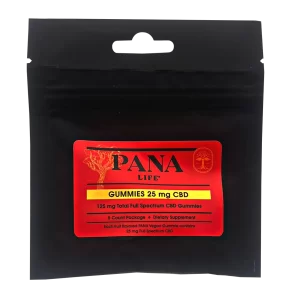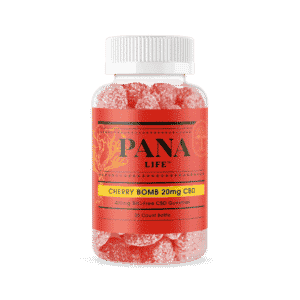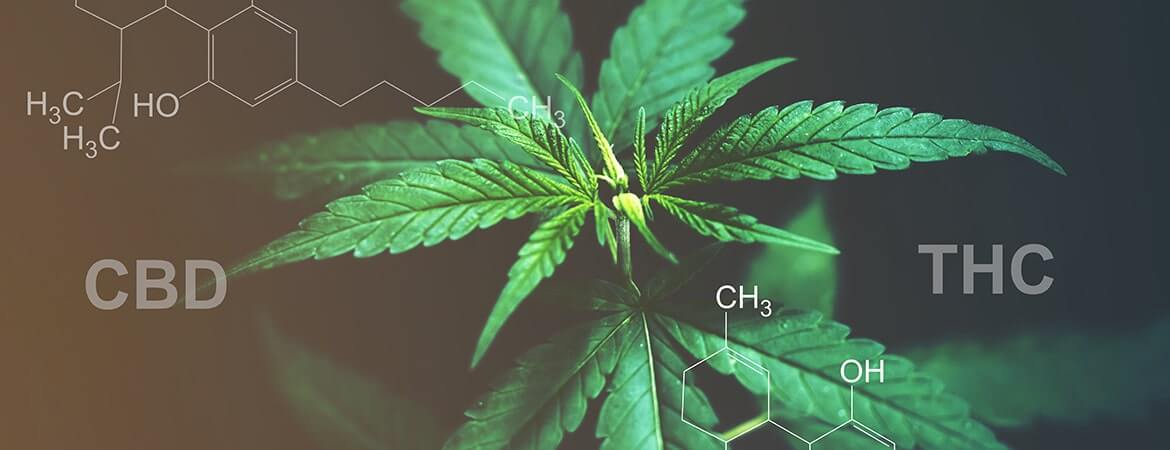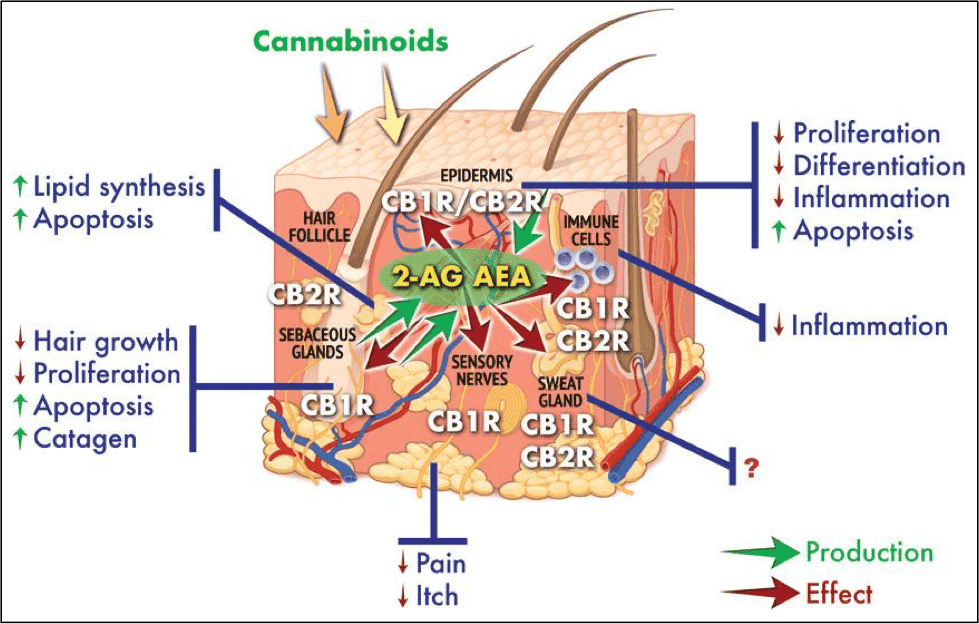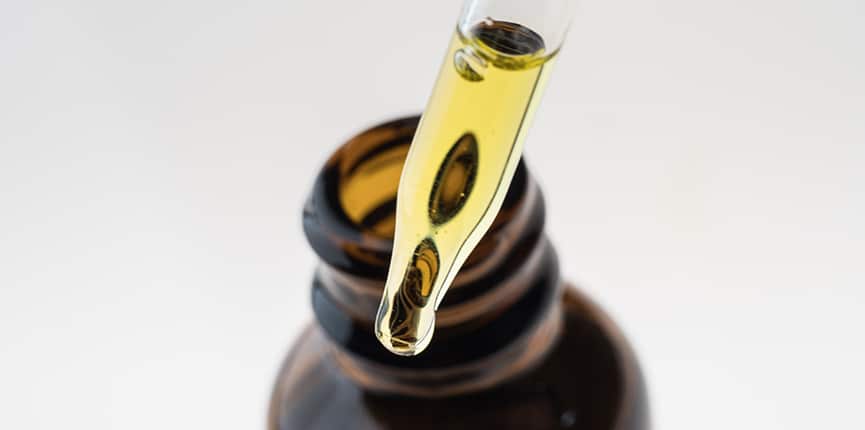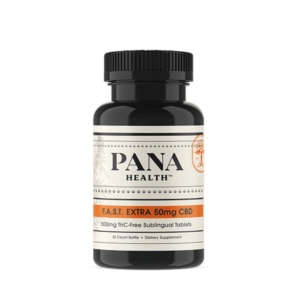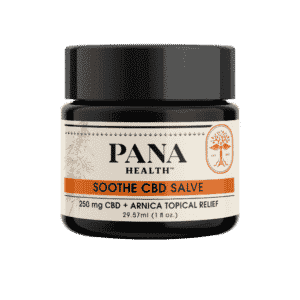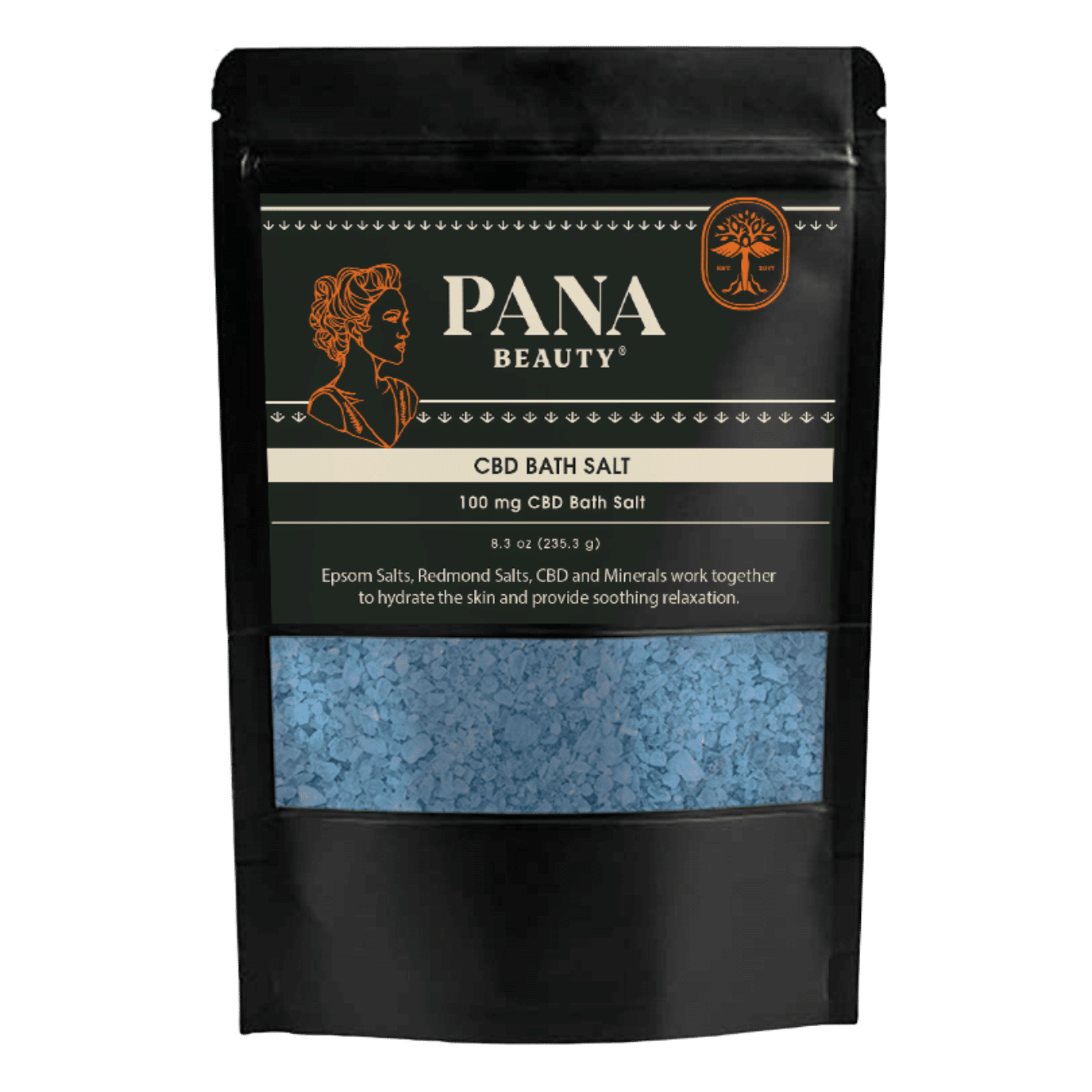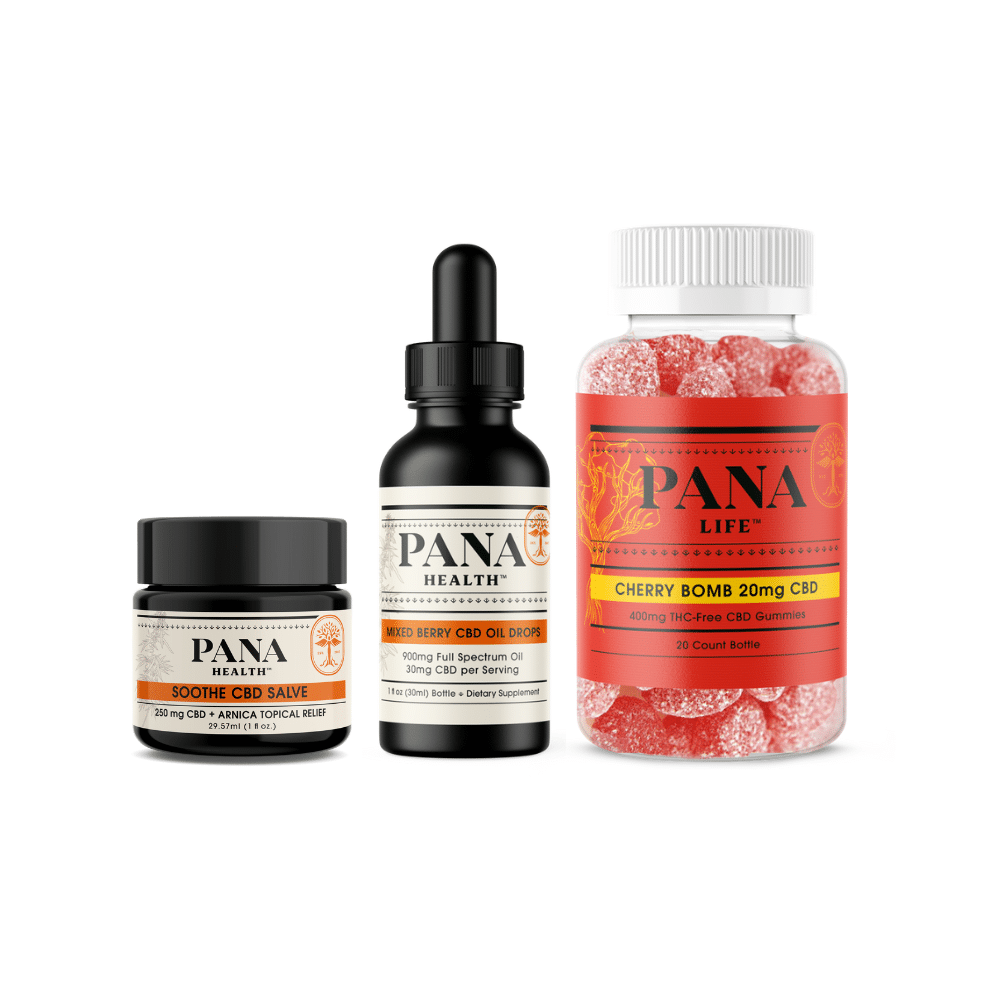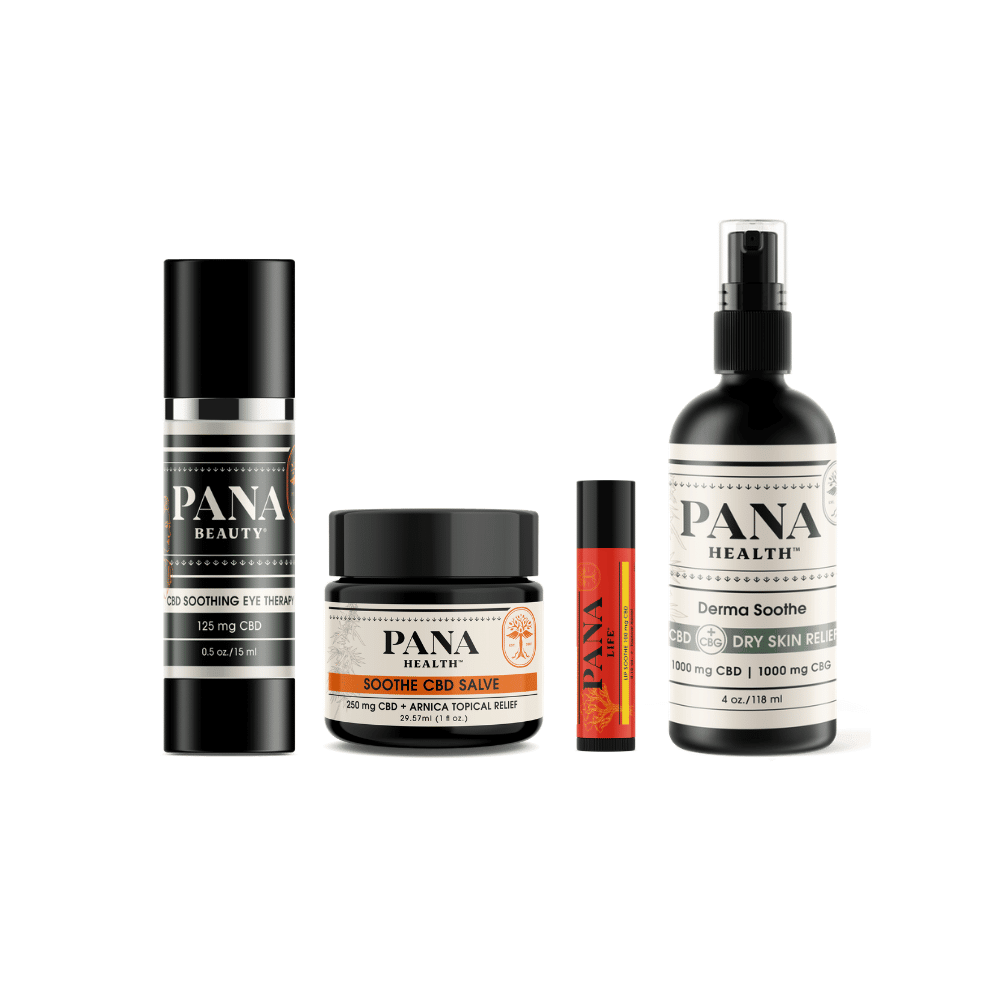If you’ve been following health trends, you’ve undoubtedly seen the term “CBD” before. Short for cannabidiol, CBD is a non-habit forming and a natural substance that may improve overall health. Users report feeling less pain, less stress, and less anxiety when taking CBD. There is also emerging research that suggests CBD may have additional health benefits as well. Researchers have found some evidence to indicate that CBD protects both your brain and your heart.
Due to these emerging research studies and user reports, you can now find CBD in sublinguals, oils, softgels, lotions, gummies, and various other mediums. Some people apply CBD topically, while others ingest it orally. How you take CBD is up to you, of course. However, as the market is relatively new, many people aren’t aware of how, precisely, manufacturers extract CBD. Retailers may also use the term “full-spectrum,” which can be confusing for people new to the CBD world.
The extraction source and method are very critical, however. These types of details can be the difference between a great product and a mediocre one. To better understand the CBD you’re buying, read on to learn more about CBD extraction and what the term “full-spectrum” means.
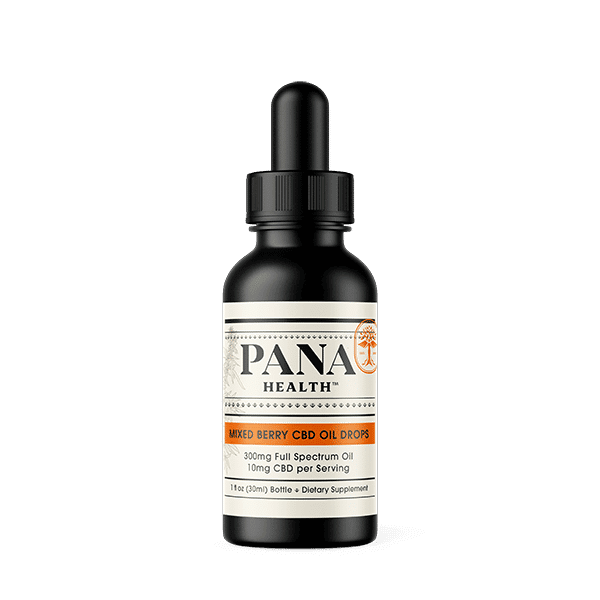
CBD Comes from Two Primary Sources
To begin the journey from plant to the table, it’s essential to first look at the source of CBD. Cannabidiol comes from two primary sources: Hemp or Marijuana. CBD extracted from Marijuana is still illegal as per United States federal law. Therefore, the CBD that you buy comes from Hemp.
Hemp (Cannabis Sativa) is a variation of the cannabis plant family. Although it looks similar to the Marijuana plant, the Hemp plant has a very different composition.
For starters, Hemp will not make anyone high. Hemp contains less than 0.3% THC, which is the psychoactive compound in Marijuana that provides a high sensation. By contrast, the Marijuana plant typically contains 5% or more THC. To learn more about which strains are the most potent, check out this article.
If the Hemp plant cannot make anyone high, you may wonder why it was ever made illegal in the first place. The reason for this is mostly historical. In the early 1900s, people realized that the cannabis genre of plants could get people high. At the time, people didn’t know the details of what caused that to happen. That is, they didn’t realize that THC was the psychoactive compound and that Hemp contained little to no THC. Because some plants in the cannabis family had the potential to alter people’s mental states, they banned all cannabis plants. When research in the 1960s discovered that THC was responsible for the psychoactive effects, the laws were never updated at the federal level to reflect this new knowledge.
Since there is such a broad interest in Hemp, and since we can now test these plants to ensure they contain little-to-no THC, there has been full bipartisan support to legalize growing Hemp, subject to regulations. In 2018, Congress passed the Farm Bill, which created a legal pathway for farmers to grow Hemp subject to some rules. This bill effectively legalized any derivatives (including CBD) that came from a legally grown crop.
Since Hemp will not affect anyone psychologically, its uses are significantly different than that of its cannabis cousins. A wide variety of industrial applications use this plant. Manufacturers can use Hemp’s fiber for rope and nets. They can even make paper out of it and other building materials. Farmers can use the leaves for mulch and composting. Of course, consumers can use the oil for food supplements, soap, and other products that contain CBD.
How Do Manufacturers Extract CBD From Hemp?
The CBD that you buy from a retailer comes from the Hemp plant. However, to get it into a transportable format, it must be extracted first. There are three common ways to extract CBD.
The first way to extract CBD is the most common – using a liquid solvent. The manufacturer puts the plant matter into a machine that runs an evaporable, non-toxic substance through it, like ethanol. By running the liquid over and through the plant, it strips the cannabinoids from it. Then, once the liquid evaporates, you’re left with just the concentrate in the form of an oil.
Another way to extract CBD is by using carbon dioxide in a super-critical form, a dense gas. This method functions similarly to the liquid solvent one, but it is a little more automatable. The CO2 process takes advantage of the fact that carbon dioxide can exist as a liquid, solid, and gas. All one needs to do to change states is adjust the temperature and pressure to extract the phytocannabinoids from the Hemp.
With the CO2 method, there are three chambers. The first chamber contains highly pressurized, liquid CO2. The second has the plant matter in it. The first chamber is temperature controlled so that the CO2 remains as a highly-pressurized liquid. When the plant matter goes into the second chamber, the machine pumps CO2 into the second chamber at a very high pressure, typically over 1100 psi. Since the second chamber is held above 40°C, the liquid CO2 becomes super-critical, or a dense gas, which is very effective in removing the CBD and related phytocannabinoids of interest from the Hemp. Much like the liquid solvent method, the CO2 goes over the plant repeatedly until it removes all the phytocannabinoid compounds. The CO2 with extracted compounds goes into the final chamber, where the pressure is relieved converting the CO2 into a gas. Once the carbon dioxide is a gas, it drops the matter it picked up in the second chamber. The final product is the oil containing the cannabinoids.
Another common method is the oil extraction one. In this method, the manufacturer can heat the Hemp plant to activate the chemicals and use olive oil to extract them. To execute this method effectively, you need to boil the Hemp with the oil and eventually the cannabinoids “transfer” to the olive oil.
For large-scale manufacturers, the last method doesn’t scale well, so they use one of the first two methods. It’s worth noting that these methods can extract all the cannabinoids, not just CBD. These other cannabinoids are not harmful in any way, and they may also help you. However, CBD is the most significant extracted cannabinoid both in terms of volume and in terms of positive effect on your body.
What Is “Full Spectrum” CBD Oil and Is It Better?
If you have been looking at CBD products, you may have noticed that some of them have labels that read “full-spectrum.” Recall in the previous section that the purpose of the extraction methods listed, they were removing all the cannabinoids from the plant, not just CBD. That means it is full-spectrum oil. The term “full-spectrum” means that the product you are purchasing contains all the cannabinoids that are in the Hemp plant (such as cannabigerol, CBG, and cannabinol, CBN), not just the CBD one. Full spectrum oil also contains the lower levels of THC when extracted.
If the CBD product is “CBD isolate” instead of “Full Spectrum”, that means there is only CBD contained within that solution. Oftentimes, CBD isolate, and other isolated phytocannabinoids, are used for research purposes. If researchers are testing a hypothesis that CBD causes some beneficial effect, then they need to be sure that cannabidiol is causing it and not some other compound. Therefore, they buy products that contain CBD and no other cannabinoids.
For consumers, full-spectrum CBD oil is usually better than just CBD alone. Our bodies contain an endocannabinoid system. Cannabinoids, like CBD, CBN, and CBG, all bind with these central nervous system receptors throughout our bodies. Many of the cannabinoids can work to benefit our muscles, joints, and mental state. Often, they are complementary in that one type of cannabinoid will bind with one receptor while another will bind somewhere else.
While the field of research is still relatively new, there is evidence to suggest that CBD acts as an inverse agonist for our endocannabinoid receptors. In contrast, CBN acts as an agonist but significantly less so than THC.
There is some evidence to suggest that it may increase sleep duration. Since CBD tends to make people feel more alert in the morning after a good night’s sleep, it’s easy to see how these two cannabinoids can balance each other. One makes you a little sleepier and gives you a good night’s rest. The other one can make you feel more refreshed after that good sleep.
Having all the cannabinoids is invariably better for you than having just isolated CBD. Unless you need to test the effects of CBD in a formal research setting, taking full-spectrum CBD oil is the right way to go for most consumers. The good news is that all the extraction methods listed earlier will produce Full-Spectrum oil and not just CBD isolate! The output of the extraction methods is referred to as crude oil. Many premium products are made with distillate oil which is a further refinement of the crude oil.
How Can Full-Spectrum Oil Benefit Me?
Now that you have become more familiar with CBD extraction and the different types of cannabinoids, the final question, of course, is how that oil can benefit you. Fortunately, research shows that there are quite a few ways in which CBD and the other cannabinoids contained within the Hemp plant positively affect our health.
CBD’s chief ability is to reduce inflammation. A study in 2009 looked at various autoimmune diseases and found evidence that CBD had positive effects for all the conditions. In particular, the authors noted that “cannabinoids have been tested in several experimental models of autoimmune disorders such as multiple sclerosis, rheumatoid arthritis, colitis and hepatitis and have been shown to protect the host from the pathogenesis through induction of multiple anti-inflammatory pathways.” While research is still ongoing on this topic, the initial studies have suggested that cannabinoids, like the ones you find in full-spectrum CBD oil, do have anti-inflammatory properties.
Users of CBD frequently report that they have lower anxiety and sleep better when they take products containing CBD. A study in 2015 looked at CBD’s effects in particular on anxiety and found promising results. In that study, the authors noted that the preclinical evidence supports the notion that “CBD [has efficacy] in reducing anxiety behaviors relevant to multiple disorders, including PTSD, GAD, PD, OCD, and SAD, with a notable lack of anxiogenic effects.” Again, the research into CBD and its related phytocannabinoids is ongoing, but it is yet another positive sign that CBD may have beneficial properties for people who have stress and anxiety. Especially if that stress is contributing to sleep problems, CBD may be the answer for you.
There has also been emerging research suggesting that cannabinoids have neuroprotective properties and can help with heart health as well. Studies have also considered its uses for acne and have found that CBD oil may also be beneficial in helping people who suffer from that condition.
Most of the research on CBD has been quite positive overall. It’s worth noting that very few people have adverse reactions to CBD oil. If you feel that there’s a chance it might help you feel better, you’re unlikely to experience any harmful side effects that would counter the positive benefits.
CBD Extraction Provides Us Powerful Full-Spectrum Oil
Since the CBD market is comparatively new, it’s essential to know what you are purchasing. Some people market oils as “containing CBD” when, in reality, it is Hemp seed oil. This oil contains very little CBD or other cannabinoids. Since it doesn’t contain these compounds, Hemp seed oil will do very little for your overall health. It’s not harmful to take, but it won’t provide you with the benefits that CBD oil can.
We recommend that you try Full-spectrum CBD distilled oil. This oil has been generated using a CBD extraction technique and will be rich in cannabinoids. This crude oil is further refined to create a distilled CBD oil. The CBD and other cannabinoids in these distillation oils may help with anxiety, stress, inflammation, and a host of other issues. The research on how cannabinoids interact with our bodies is still in its infancy. However, it is becoming more apparent as time progresses that CBD and other cannabinoids do have some positive effects on our bodies.
If you are concerned about the residual amount of THC, many Full-Spectrum oils have been prepared where the psychoactive compound THC has been removed.
If you are interested in trying CBD products to see if it makes you feel better, make sure the CBD you are obtaining is Full-Spectrum distilled oil and not crude oil or Hemp Seed Oil. Look at the bottle, for Full-Spectrum distilled products. Manufacturers should list the precise quantity of CBD that you will be receiving (for example 20 mg / 100 mL). This labeling will give you more confidence that what you are receiving is a genuine, quality product! Check out our full spectrum CBD oil in the shop!


